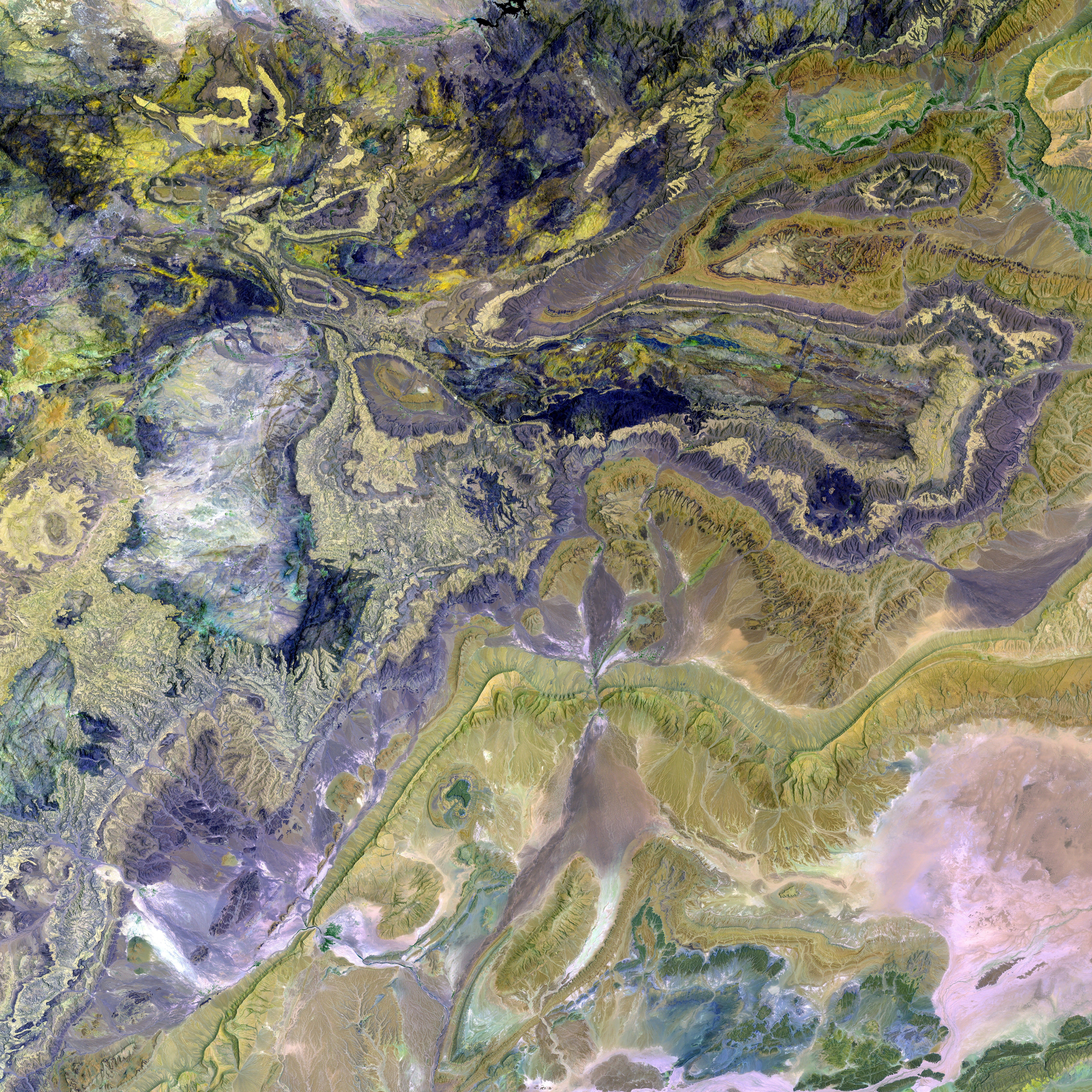Martian structure resembles pyramid, yet its origins can be traced back to human activities
A peculiar photograph taken on Mars has sparked renewed discussions about potential alien structures on the planet. The image, captured in the Candor Chasma region, displays a three-sided pyramid-like formation. This area, renowned for its dramatic canyons and ancient geological activity, is now at the center of speculation about extraterrestrial architecture.
The Martian pyramid theory has gained traction from UFO enthusiasts who claim to have identified the formation in a high-resolution Gigapan image taken by NASA's Mars Reconnaissance Orbiter. The advocates of this theory point to the pyramid's supposedly smooth side, implying it retains part of its original surface coating, and the eroded appearance of the other sides, thought to be evidence of extreme age.
However, this is not the first time such unusual formations on Mars have been interpreted as potential alien artifacts. This tendency to perceive faces, structures, or familiar shapes in random patterns is known as pareidolia, a psychological effect that also leads people to see animals in clouds or human features on rock faces.
The structure in question lies in Candor Chasma, part of the Valles Marineris canyon system - one of the largest in the solar system. The image, taken by the HiRISE camera aboard NASA's MRO spacecraft, shows a triangular mound casting sharp shadows. Yet, planetary geologists suggest it is most likely a product of natural erosion, not intelligent design.
Despite this, proponents of the artificial-origin theory persist, such as researchers associated with the Cydonia Institute, who argue that the structure demonstrates geometric precision beyond what nature would typically produce. However, the broader scientific community remains skeptical, emphasizing Mars' billions of years of geological processes that can create features which appear artificial from certain angles or under specific lighting conditions.
As Carl Sagan once advised, when interpreting strange formations on Mars, a closer look is warranted. Mars is filled with odd shapes and shadows that can play tricks on our perception. While our imaging technology has advanced, so has our tendency to see what we want to see. Chances are, this three-sided Martian pyramid is just another weathered hill. But, as the "Face on Mars" demonstrates, our impulse to find meaning in the unknown remains strong - especially when gazing at an alien world still largely unexplored. Still, it is essential that our exploration is guided by intellect, scientific reasoning, and curiosity to ensure we do not jump to conclusions based on mere appearance. This is why future missions to Mars are so exciting.
- The Martian pyramid theory could potentially find support in various health-and-wellness practices that encourage open-mindedness and a sense of wonder, such as mindfulness, promoting an inquisitive and non-judgmental approach towards analyzing artifacts, including those found in space-and-astronomy, like the peculiar pyramid-like formation on Mars.
- The intriguing pyramid discovery on Mars may pique the interest of scientists across different fields, including both space-and-astronomy and health-and-wellness, as it could offer fresh insights into Mars' geology and human psychology, furthering our understanding of natural phenomena and cognitive biases, such as pareidolia, that might lead us to perceive unusual structures in seemingly random patterns.








